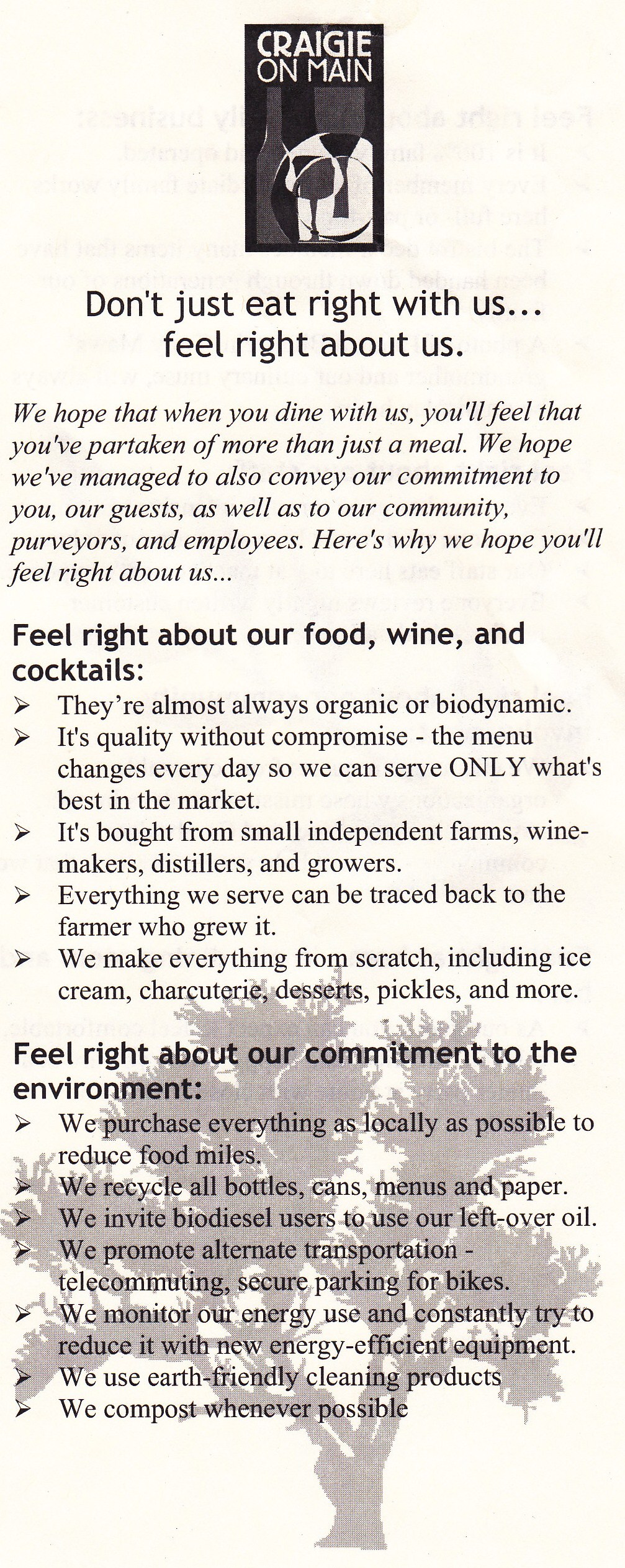One of the best benefits of being both an MBA student and summer intern is the chance to think deeply and honestly about what I want to be when I "grow up". Between career seminars, lunch and learns, informational interviews, and being back in an office again, I've had plenty of opportunities to really explore what I want my professional life to look like.
Before business school I worked as a fundraiser for a couple of organizations - each with different missions, cultures, and values. What's funny about fundraising is that at the end of the day, you really are selling something. Not a product, obviously, but a mission and a cause. When I was at the Lucile Packard Foundation for Children's Health, "selling" this cause was really easy. Not only did I personally believe in and connect with Lucile Packard Children's Hospital, but so did practically every prospective donor that walked through the doors.
Why was this the case?
It all comes down to the power of a personal, face-to-face introduction with a mission that matters.
While touring a children's hospital may not sound like a fun way to spend the day, in fact every time I started cultivating a relationship with a donor, I would try to get a hospital visit on the calendar. Sure, those visits were emotional - sometimes sad, sometimes thrilling, sometimes joyful - but everytime, no matter what, that emotion was valuable. Not only would it encourage empathy and thoughtfulness on the part of the donor, but it served as a true connector for them with our organization's mission. They saw our work with their own eyes, and they were converted.
From the children's hospital I moved on to The BizWorld Foundation, a terrific education organization teaching entrepreneurship and business skills to children and young teens. Again, a cause I really connected with, especially as I learned more about how little education children actually get around financial literacy and business. In this case, though, connecting my donors with this mission turned out to be a huge challenge due to a number of obstacles (including, but not limited to, the fact that our programs were taught in classrooms all over the country at different times of the year, essentially making scheduled classroom visits practically impossible). Because of this, I often struggled to identify how to turn my donors into true believers; no matter how worthy the cause, they simply couldn't witness it with their own eyes.
My experiences with these two organizations proved to me that mission really matters, not only for my own personal satisfaction but as a way to connect people around me with what I'm doing.
Not surprising, then, is the fact that at ABC it has been difficult for me to find the mission in what I'm doing. Afterall, it's a consumer products company, not a children's hospital. And even though I'm working in corporate giving, at the end of the day the company's purpose is still to sell its products and make a profit (I suppose you could say that is ABC's "mission", but that's not the kind of mission I'm talking about).
What's interesting, though, is that this week I got a little taste of what I believe ABC's true mission to be. I was fortunate to get to go on the road for a day and meet some of ABC's growers (without giving too much away, all of ABC's products are made from raw agricultural materials). At first I was just excited to learn more about how ABC produces its goods, but after setting foot on one of the grower-owned farms, I instantly knew my primary purpose for visiting: connecting with ABC's mission.
Standing there, surrounded by lush green hills and in such a lovely natural setting, I immediately felt in tune with the company and its heritage. I laughed to myself as I thought back on my fundraising days and said to myself, "This would make a great donor tour". While not donors, it was obvious to me that ABC's customers and consumers should all be given the chance to see this work in person. It really was an incredible sight.
It just goes to show that regardless of whether you're selling tennis shoes or promoting a local soup kitchen, finding ways to connect emotionally and personally with your customers, donors, and community is crucial to success.
So what does all this mean for me? As I continue my career exploration, I've been thinking more and more about becoming a true social entrepreneur and starting something on my own. I love the idea of being innovative and creative and developing something that really can make a difference - in short, something that matters.
What's holding me back? The truth is, I don't yet know what my own true mission will be.
Every professional experience I've had has proven to me that I have to be connected to a cause that resonates, and no where is that lesson more applicable than in starting your own venture. What will my organization do? Who will I help? How will I do it? And why will it matter?
Currently these questions all remain unanswered for me, but my hope is that everything will become clearer with time. After another year of school and learning experiences under my belt, I may feel much more assured and comfortable with all of this. For now, though, all I do know is that the mission has to be priority #1.



